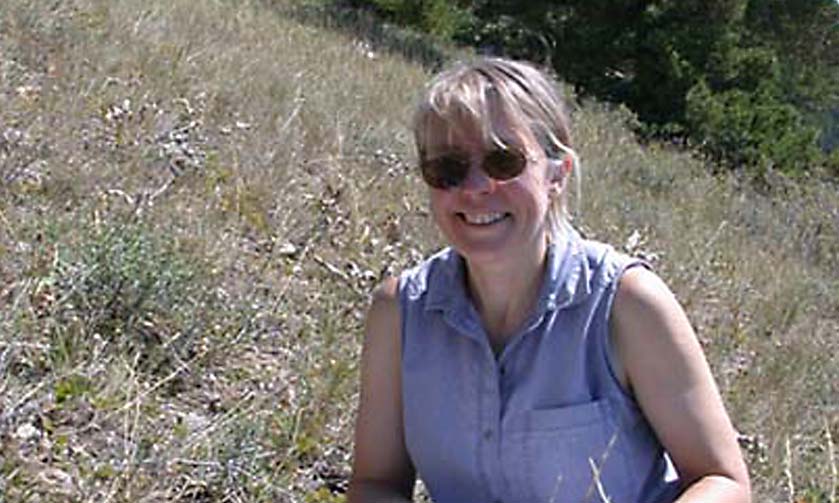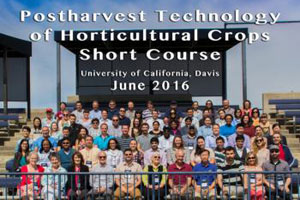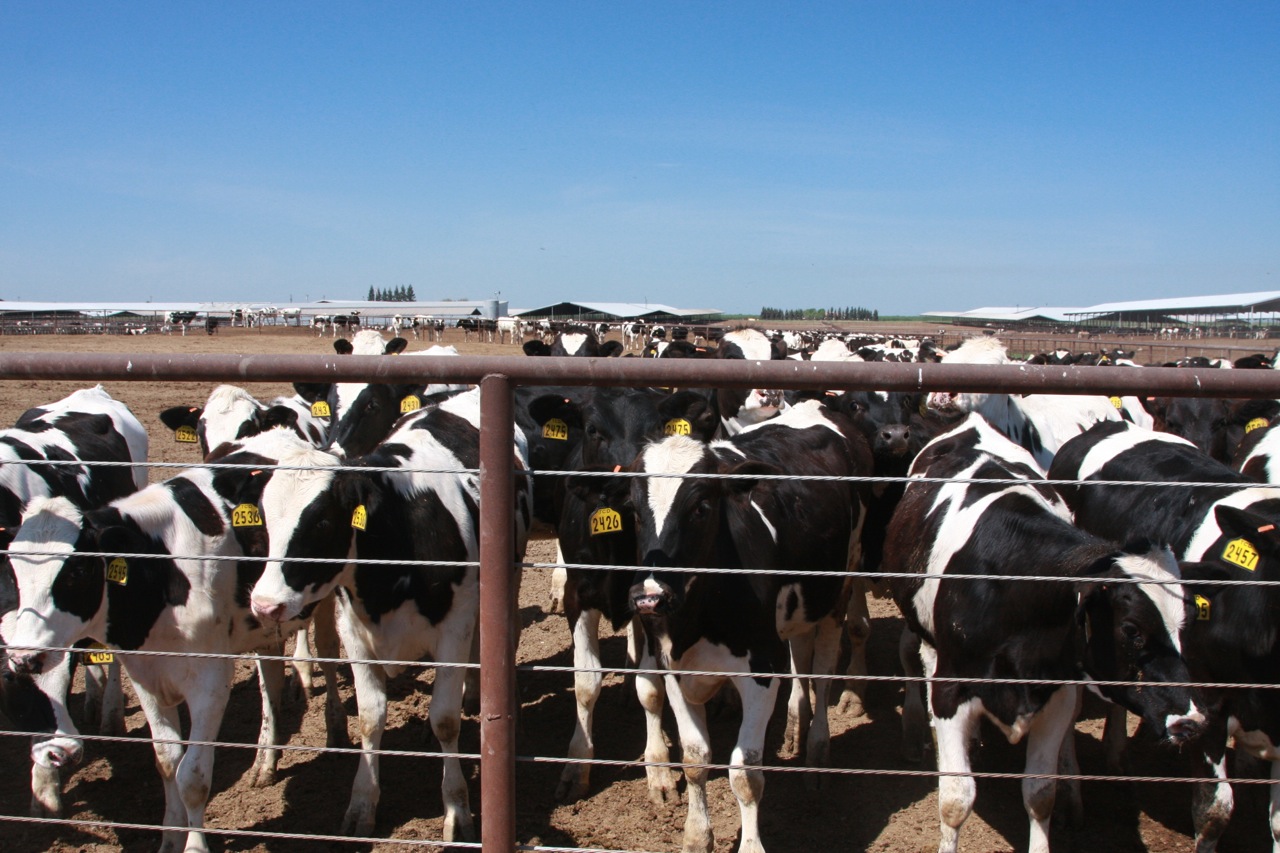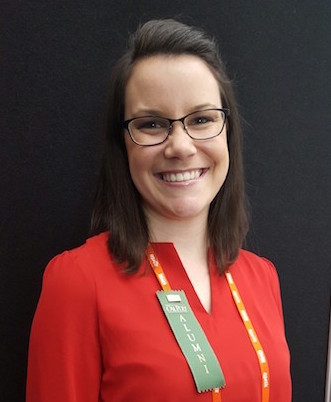University of California, Davis
Field Bindweed Control Requires Multiple Programs
Consistent Management Needed to Eradicate Bindweed
By Laurie Greene, Editor
Kassim Al-Khatib, professor, UC Davis Department of Plant Sciences and UCANR Cooperative Extension specialist in weed science, discussed field bindweed, a problematic weed that has the ability to regrow even with chemical and mechanical control.
“This is weed has been around for a long time,” Al-Khatib said. “It adapted pretty well to hot, dry land areas because it has a long root with a lot of reserve in it. Whatever you try to do, the plant still has reserve in the root and can regrow again.”
The weed scientist explained that bindweed is so problematic, it has to be assessed and managed every season in a variety of ways in order to control it. “If you do a mechanical control, the plant can come back. If you do chemical control, the plant will come back. If you think that you can control it with one shot or in one season, you’re going to be disappointed. This is a serious weed problem that requires a program with multiple approaches over multiple years,” he said.
The weed is also difficult to eradicate, according to Al-Khatib, “because there’s a huge seed bank, plus these seeds have a hard coat, which means they can stay in the soil longer. If you try to germinate some of them this year, you’re going to have more seeds coming next year.”
Al-Khatib emphasized a multiple approach is still the best way to reach consistent, effective results. “The key point with field bindweed is to be consistent, have a program and envision what you can do over multiple years to get rid of it. Herbicide may suppress and weaken bindweed, but it is not going to control it or eradicate it. You need multiple approaches—chemical, mechanical, some biological.”
He offered that mites, if they can get established, have been found to feed on field bindweed, another example of using a multi-pronged eradication approach. Mildew can also weaken it. “The point I want to make,” Al-Khatib repeated, “is it takes a multiple approach, multiple tools, and multiple years before you get rid of it.”
Resources:
Field Bindweed, How to Manage Pests: Pests in Gardens and Landscapes, UC IPM



















 “Farmers and ranchers are innovative and always trying to do the best they can to protect their land and water; but we all can do better. I think our producers respond to change in very good ways. Look, we have gone through technological advances; we are more technically precise in using fertilizers and water,” Carleton said.
“Farmers and ranchers are innovative and always trying to do the best they can to protect their land and water; but we all can do better. I think our producers respond to change in very good ways. Look, we have gone through technological advances; we are more technically precise in using fertilizers and water,” Carleton said.







